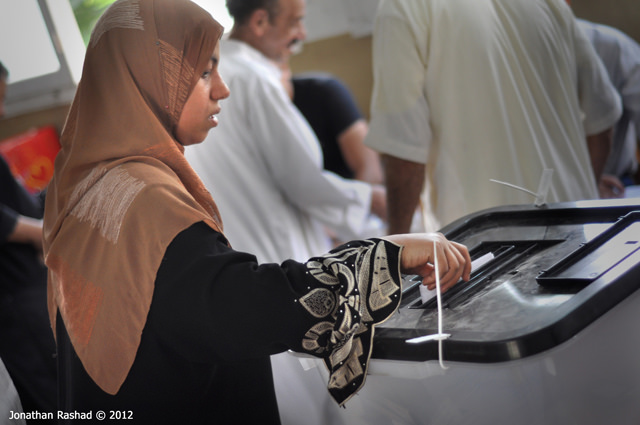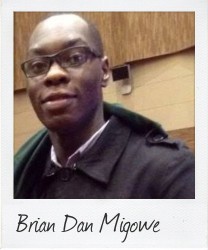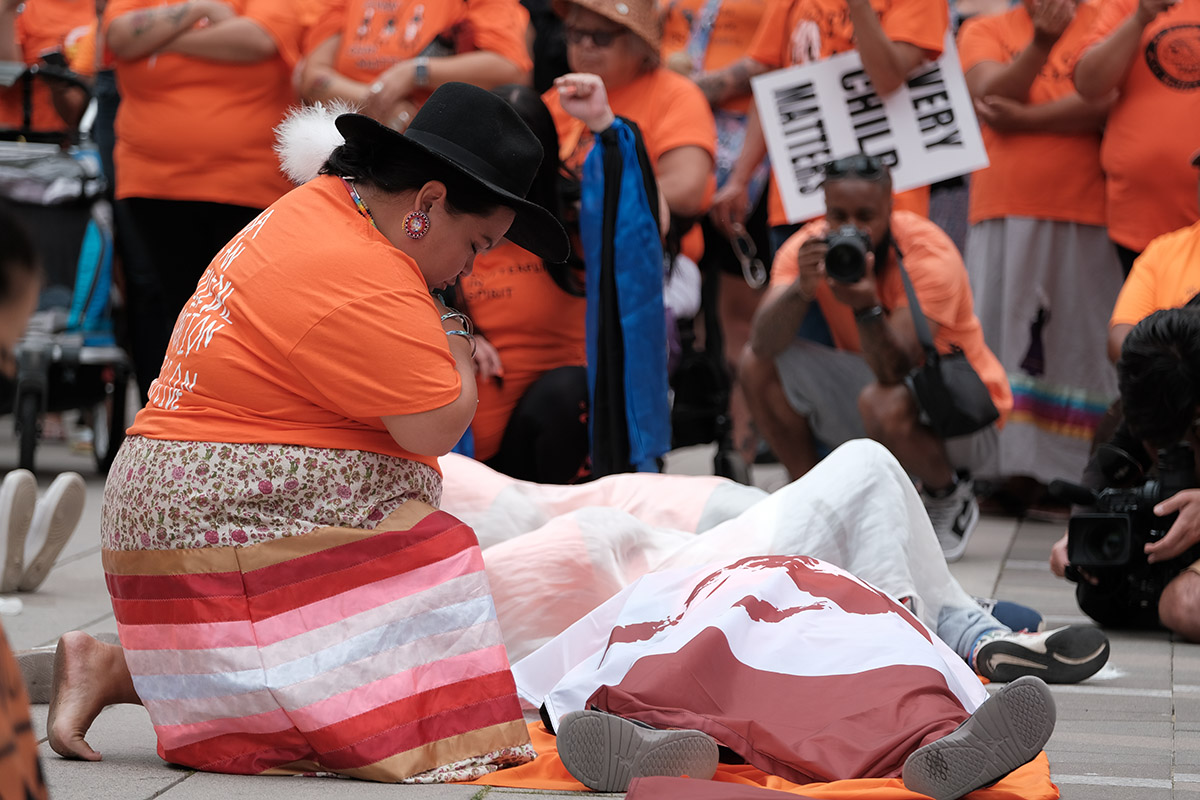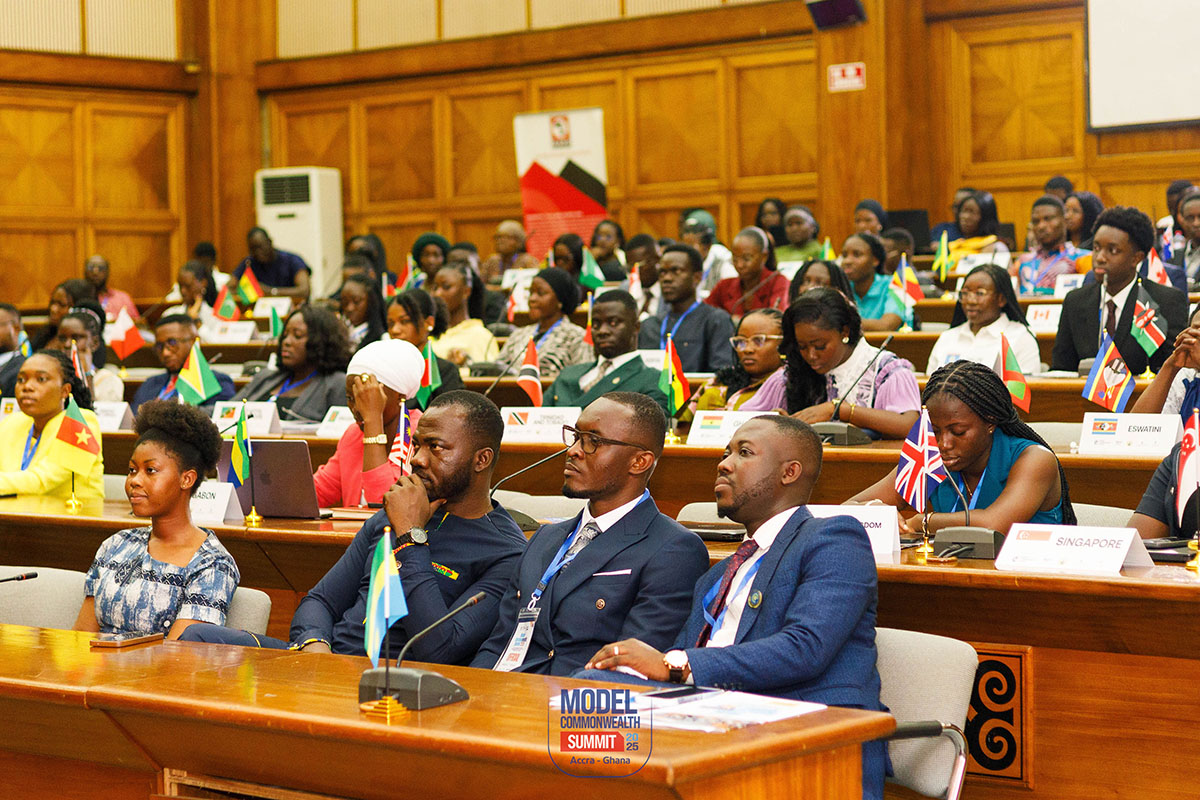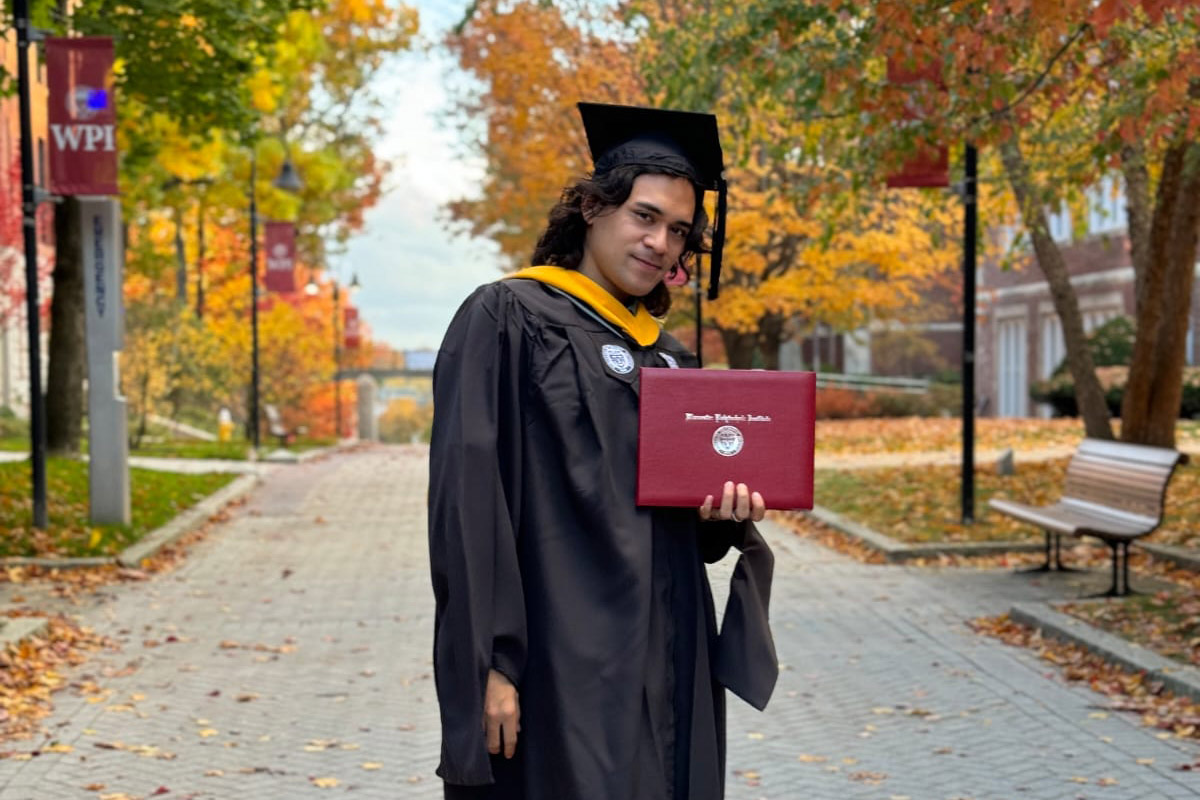“Voting rights for those with disabilities”
September 28At this point in the 21st century, the right to vote as a fundamental cornerstone of democracy appears to be beyond debate, writes Brian Dan Migowe, 26, a Commonwealth Correspondent from Kenya. However, those with disabilities may face obstacles in casting a ballot.
For many persons with psycho-social and physical disabilities, the right to vote remains out of reach due to outdated misconceptions that they do not have the decision-making capacity required for voting. There may be prejudice that they are a burdensome population to the entire process because of the need to spend resources on innovative and progressive ways of accommodating this population.
Ironically, it has gone unremarked that the very same constitutions or legislative acts that proclaim the principles of non-discrimination and universal suffrage also exclude persons with disabilities from voting and from standing as candidates in elections.
This position is set to change in the light of a growing recognition that limiting the right to vote for persons with disabilities cannot be justified on the basis of disability. Neither can states afford not to recognise a community because of physical disabilities. Indeed, several recent developments stemming from recognition of the Convention on the Rights of Persons with Disabilities point to the need for a radical reconsideration on the part of governments – and society. The assumption has become that persons with disabilities should be included at all decision making process of the electoral process – not just the voting process.
The types of obstacles encountered by voters with disabilities fall loosely into three categories: inaccessible polling places; inaccessible vote recording technologies; and disability-based voting restrictions.
Inaccessible polling places generally involve environmental barriers, for instance stairways, doorways too narrow for wheelchairs or lack of parking accommodations. Inside the building, persons with visual impairments may require clear and easy-to-read signs in large font.
When it comes to inaccessible voting technologies, persons with visual impairments are again often at the receiving end. Paper ballots are not always available in Braille format (assuming that all voters with visual impairments make use of Braille), and alternatives such as a Braille ‘template’ that can be placed over the paper ballot are not consistently supplied. Similarly, voters with motor impairments, who require assistance in marking their ballot paper, may experience obstacles in the form of small voting booths that do not allow entry of two persons at the same time. In such instances, voting technologies such as direct recording electronic systems may provide potential solutions; however, these are still out of reach for most developing countries
It is, however, the third category – disability-based voting restrictions – that compels our interest here. The first two categories are increasingly addressed either in general or disability-specific legislation setting standards for accessibility and reasonable accommodation.There is also a growing trend for legislative provision allowing choice in assistance or reasonable accommodation when casting a vote, anchored in the universal human rights principals and codification in various Commonwealth countries’ constitutions. On the other hand, it is noteworthy that disability-based voting restrictions for the most part affect electoral processes that are not well planned to be inclusive. They are not cognisant of the fact that disability can occur at any time and to any individual, even some of the political aspirants.
These unfortunate and uninformed restrictions stand alongside constitutional and legislative assurances of equality, prohibition of disability-based discrimination and universal suffrage. This constitutes an internal dissonance between foundational constitutional principles and the exclusion of persons with disabilities from voting.
This, in short, would be the systematic electoral inconstancy that needs far more inclusive attention. Right from the constitution of the independent electoral commissions, persons with disabilities should firstly be included or secondly be part of the commission to be at the forefront in identifying the restrictions facing persons with disabilities during the electoral process. This inclusion would, as well, gift the commissions with the benefit of an in-house advocate for persons with disabilities.
photo credit: Jonathan Rashad Egypt’s Presidential Elections 2012 via photopin (license)
………………………………………………………………………………………………………
About me: As a lawyer, life experience and professional engagement in the realm of human rights within my Commonwealth community stirs my drive for a continued inclusivity advocacy through writing, for in writing more often than not, the heart ,mind and the body are in sync.…………………………………………………………………………………………………………………
Opinions expressed in this article are those of the author and do not necessarily represent the views of the Commonwealth Youth Programme. Articles are published in a spirit of dialogue, respect and understanding. If you disagree, why not submit a response?
To learn more about becoming a Commonwealth Correspondent please visit: http://www.yourcommonwealth.org/submit-articles/
…………………………………………………………………………………………………………………
